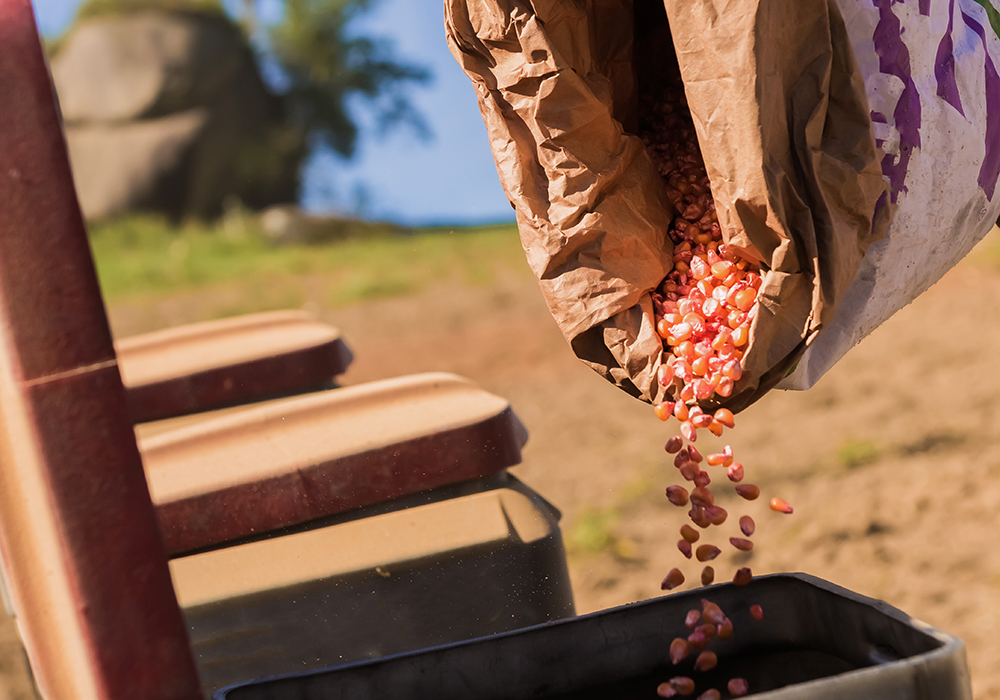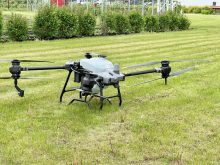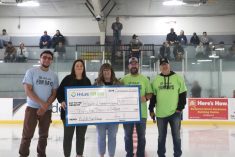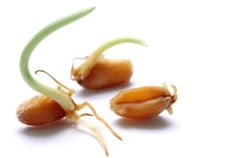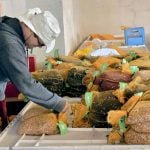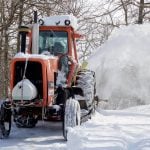SAO PAULO, March 14 (Reuters) – Brazilian farmers in the Center South had sown 94 percent of their second corn area through the end of last week, agribusiness consultancy AgRural said on Monday, as growers rush to plant their crop within the ideal climate window.
This marks a 20 percentage point increase for sown area from the same period last year, AgRural said.
The ideal planting window is in the first two months of the year for farmers in large growing states such as Mato Grosso.
Read Also

More factors affecting winter weather
When you combine a weak La Niña, early Siberian snow, and a warm northern Pacific, it’s easy to see why long-range winter forecasting is so complex.
Brazil’s second corn, cultivated after soybeans are harvested in the same fields, represents 70 percent-75 percent of the country’s total production and allows Brazil to increase competition with U.S. corn exports in the second half of the year.
The government forecasts Brazil’s corn production will grow by 29 percent this season, reaching 112.3 million tonnes, including first and second corn.
The increase will be driven by a rise in second corn output, which is expected to grow to 86.2 million from 60.7 million tonnes.
Last year, drought and frosts spoiled part of the second corn produced, lowering supplies, exports, and raising the cost of feed for domestic meatpackers.
AgRural said Brazilian farmers had reaped 64 percent of their soybean area, up from 46 percent at the same time a year earlier.
In Mato Grosso, Brazil’s top grain state, soy harvesting is virtually finished while in Goias and Mato Grosso do Sul harvesting is nearly over as well, AgRural said.

